
Flat roofs happen to be one of the most economical and best roofing systems out there.
Even though they have their downsides, residential and commercial buildings have made them their foremost options when choosing a roofing system.
The advantages of using a flat roof pretty much outweigh the disadvantages. This is due to the different types of materials that can be used to construct the roof. Knowing the best type of flat roof to consider for your building has many benefits that we shall be discussing as you read on.
We also evaluate the various types of flat roofs available on the market in this article. This will guide you in choosing the right type for your building.
Benefits of Knowing the Right Flat Roof for Your Building
It enables you to effectively communicate your needs to contractors
Once you know the various types of flat roofs available, you will be able to communicate your need or preference to the engineers, architects, or contractors who will be working on your building. This will enable them to provide the best type that will perfectly fit your building and will last for a long period.
You save cost
You will save yourself the hassle of trying out different options while paying more in the process. Having the right information about the types of flat roofs you can choose from will help you to save costs. And you’d be able to choose the right roof for your home quickly.
You make an informed decision
With the right knowledge of the different flat roof options available, you will be able to make an informed decision when it comes to maintenance and making repairs or replacements for your roof.
Types of Flat Roofs to Choose From
There are few types you can conveniently choose from. They vary in quality, texture, durability, functionality, and price. They’re listed below.
1. Built-Up Roofing (BUR)

Image credit: castileroofing.com
This is commonly used for commercial and industrial buildings. It is very popular and has been in existence in the United States for more than a century. The structure is made of gravels that are used to close the flat roof surface and hydrocarbon, which is often tar or asphalt.
The tar forms about three layers on the roof, then the gravel is used to cover the tar from the ultraviolet rays of the sun to prevent damage.
Gravel is an excellent fire-retardant that prevents fire outbreaks. This, in addition to BUR being one of the cheapest flat roofs to construct, makes it highly affordable for residential buildings.
The foul smell of tar doesn't make it DIY-friendly; a professional is, therefore, usually needed for the installation.
Another downside of this type of roof is that the gravel makes the roof heavy and often clogs the gutter. This can likely cause drainage problems if proper care and maintenance are not done. Also, the source of leakages is often very difficult to locate on this type of roof.
2. Green Roof System

Image credit: sempergreen.com
This is also known as a living roof, vegetative roof, or eco-roof. It is partly or completely covered by vegetation or greens, which are built with a waterproof system underneath.
With this type of roof, there can be additional structures like root-barrier, drainage, and irrigation systems. However, some roofs that have ordinary container tops for growing plants are disputably not referred to as green roofs. Green roofs don’t only present beautiful views of nature, they also serve different purposes.
Apart from its durability, which can last for up to 15 years, a green roof also acts as a natural insulator. This reduces the cost of energy, especially in warm climates. It also helps to improve the quality of fresh air through purification (removing heat from air).
Green roofs absorb stormwater that can be detrimental to nearby streams, thus improving drainage systems. They also function in bio-diversity conservation by creating an abode for wildlife, especially birds.
They provide a lot of eco-friendly benefits and are very expensive to construct. The reinforcement and strengthening of the underlying structures to be effective in carrying the extra load up are also very expensive to install.
The maintenance of green roofs can be quite demanding, especially when you have to weed regularly to prevent invasive plants from burrowing into your roof and causing cracks or damages.
3. EPDM Roofs (Rubber Roofs)

Image credit: remodelingcosts.org
Ethylene propylene diene monomer rubber (EPDM) is a synthetic rubber commonly used on flat roofs with one single-ply. It is one of the most durable types of flat roofs that can last for up to 50 years if properly maintained.
During installation, the rubber material is always available and applied without heat. There are 3 methods of installing it.
One is the use of ballasted roofs, which are held in place with ballast or large stones. This is contrary to the use of small gravel in BUR, which is placed upon the roofing sheets. The rubber membrane can be exposed by gently moving the ballast or stones because they are not tightly fitted to them, unlike tar.
The second method is the mechanical attachment of roof membranes with nails. This fits well in areas with low wind velocity. Nails sometimes penetrate the waterproof membrane and can result in leakages if not properly fastened.
The most durable of the 3 methods is the full adhesion installation method. This is done by the application of industrial adhesive materials such as glue.
The advancement in technology has made the installation of the EPDM flat roof easy, thus, it can be self-installed. The rubbers are thermoset polymers that possess the ability to withstand fluctuations in temperature and ultraviolet rays, coupled with their long-term weathering ability.
The standard black color of the material readily absorbs heat, which makes it unsuitable for warm climates (except if other colors are used). It is more vulnerable to punctures since it is a light material. The good news is that leaks are easily patched.
4. Modified Bitumen System (MBS)

Image credit: reliable-roofing.com
This type of flat roof is a hybrid roof system that combines the traditional roofing installation techniques employed in built-up roofing and the high technology formulation and prefabrication upsides of a single-ply system.
It is likened to the built-up roof system because it has asphalt as one of its components. It is usually made of two piles or layers, contrary to the three layers in built-up roofs.
This type of roof uses a specially coated basement (elastomeric roof coating) to seal the roof rather than just applying hot adhesives to the bare basement. There are two different types of MBS; Self-adhering systems and Torch-down systems.
Self-adhering systems use a coated bitumen basement to provide flat waterproof and low-sloping roofs. They are DIY-friendly, therefore, you can install them yourself. They are also easier to install and safer than touchdown systems.
Torch-down systems contain membranes that are factory-fabricated layers of asphalt reinforced and modified using a plastic or rubber material.
The final installation is underside heating of the modified sheets with an open flame torch that melts the sheets together. This method presents a significant fire hazard. Therefore, it's not DIY-friendly and often requires an expert for its installation.
The modifiers added to the bitumen sheets confer on them some extra features, for instance, atactic polypropylene enhances aging and styrene-butadiene-styrene provides a degree of flexibility much like rubber.
Some of the demerits of this type of roof are its short lifespan and its ability to develop scuffs and cracks within a short time.
5. Polyvinyl Chloride (PVC) Membrane Roofing

Image credit: orezonbuildingcompany.com
The two most important simple ingredients used for the preparation of PVC are salt and fossil fuel. Natural chlorine is gotten by the subjection of salt to electrolysis. Petroleum is also processed to give ethylene.
Chlorine and ethylene are combined with the addition of further reactions to form vinyl chloride monomer, which is the prerequisite material for vinyl-resin. Vinyl resin further combines with additives such as stabilizers for durability, plasticizers for flexibility, and pigments for color.
However, PVC is bound to become brittle by the emigration of the embedded plasticizers. Therefore, a thicker membrane that will accommodate a large reservoir of plasticizers for lifespan maintenance of the flexibility is preferably used.
PVC roofing is among the commonest and ideal types of roofing systems. It is efficiently resistant against aggressive flat roof agents like chemicals, fire, hurricane-wind, and ultraviolet rays of the sun. It is highly efficient in trapping energy due to the inherent light coloring.
PVC has several advantages over the other flat-roof systems. However, the chemical release of bio-accumulative toxins, which have a significant adverse effect, is released during the manufacturing and disposal of PVC. This poses a great threat to the environment.
Conclusion
When you have the right type of flat roof for your building, you tend to feel more comfortable and fulfilled in your home. We have made the process of choosing the right one for your home easy with this article.
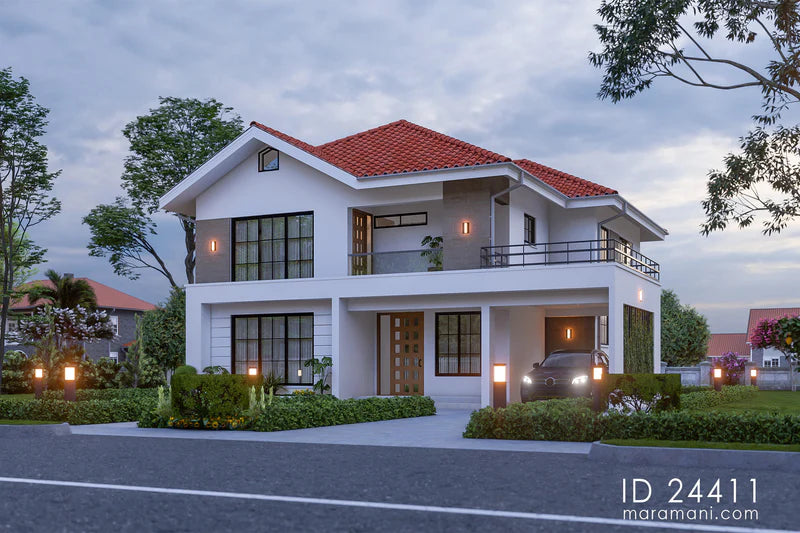
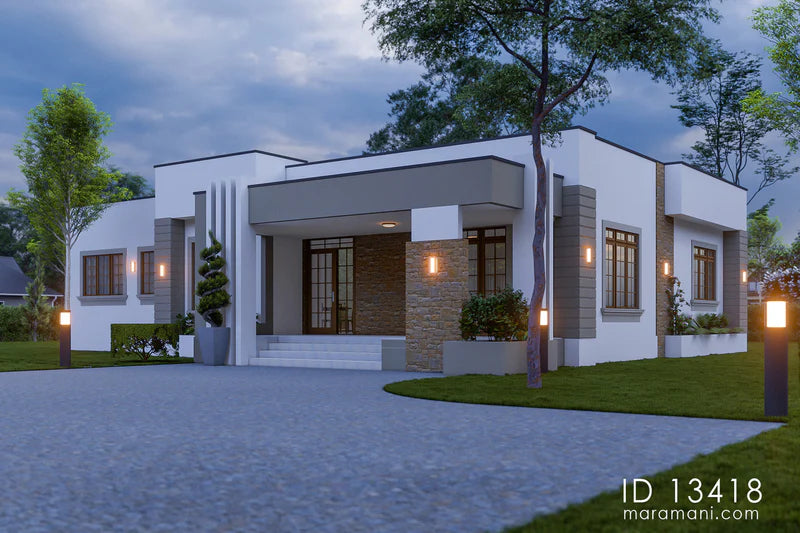
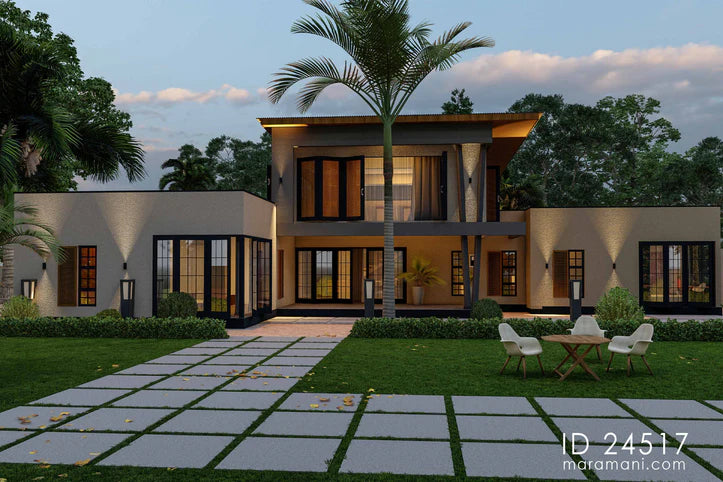
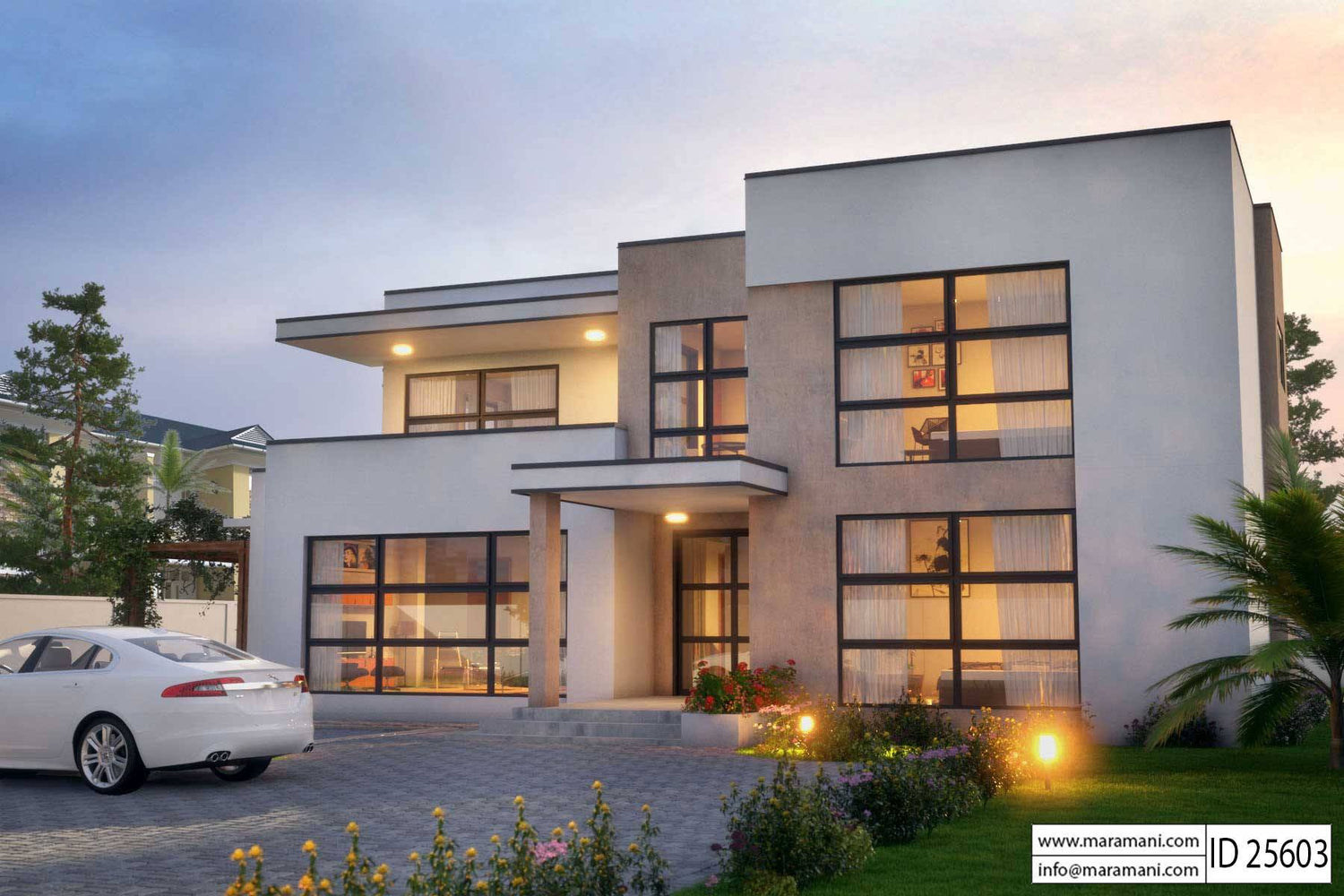

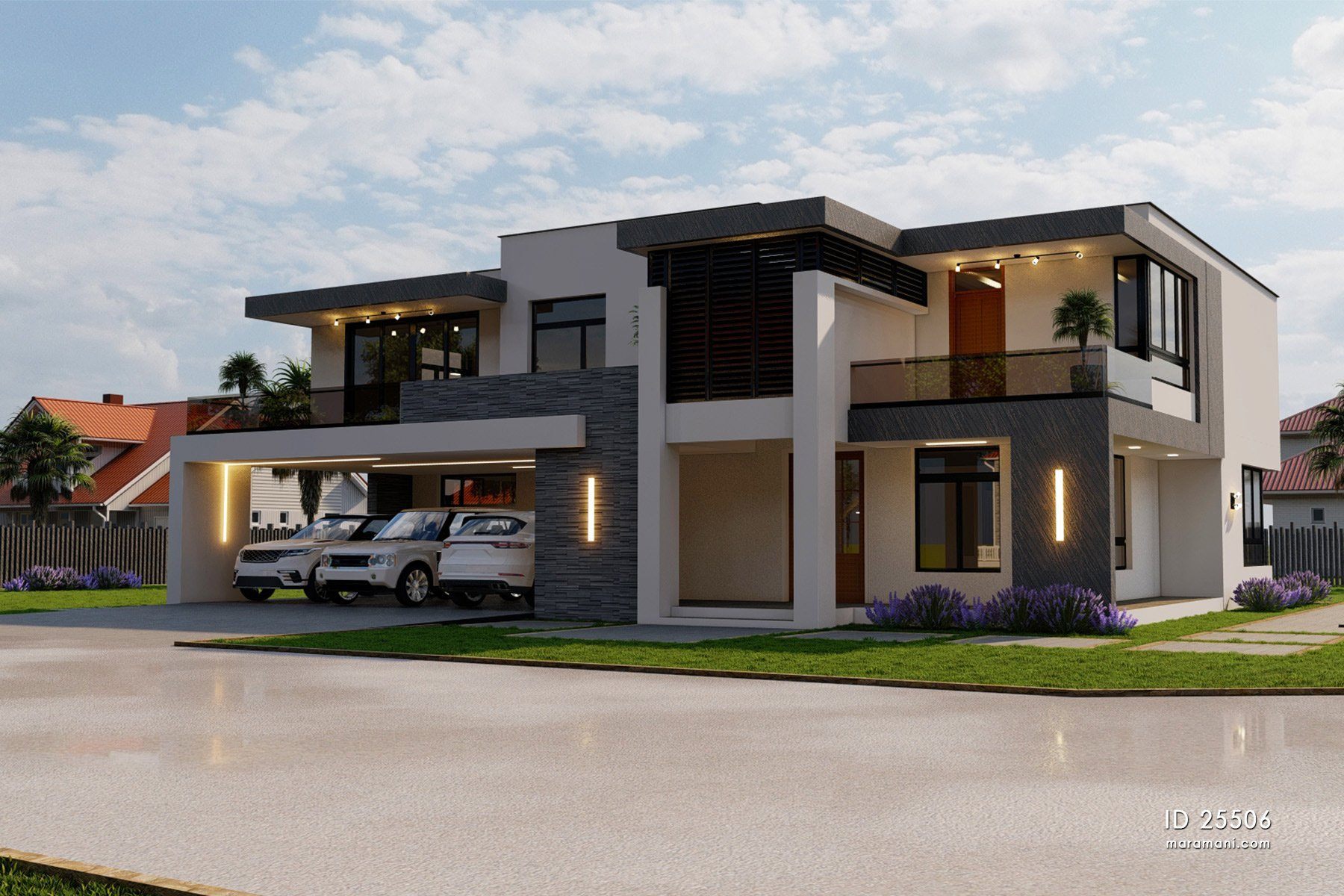
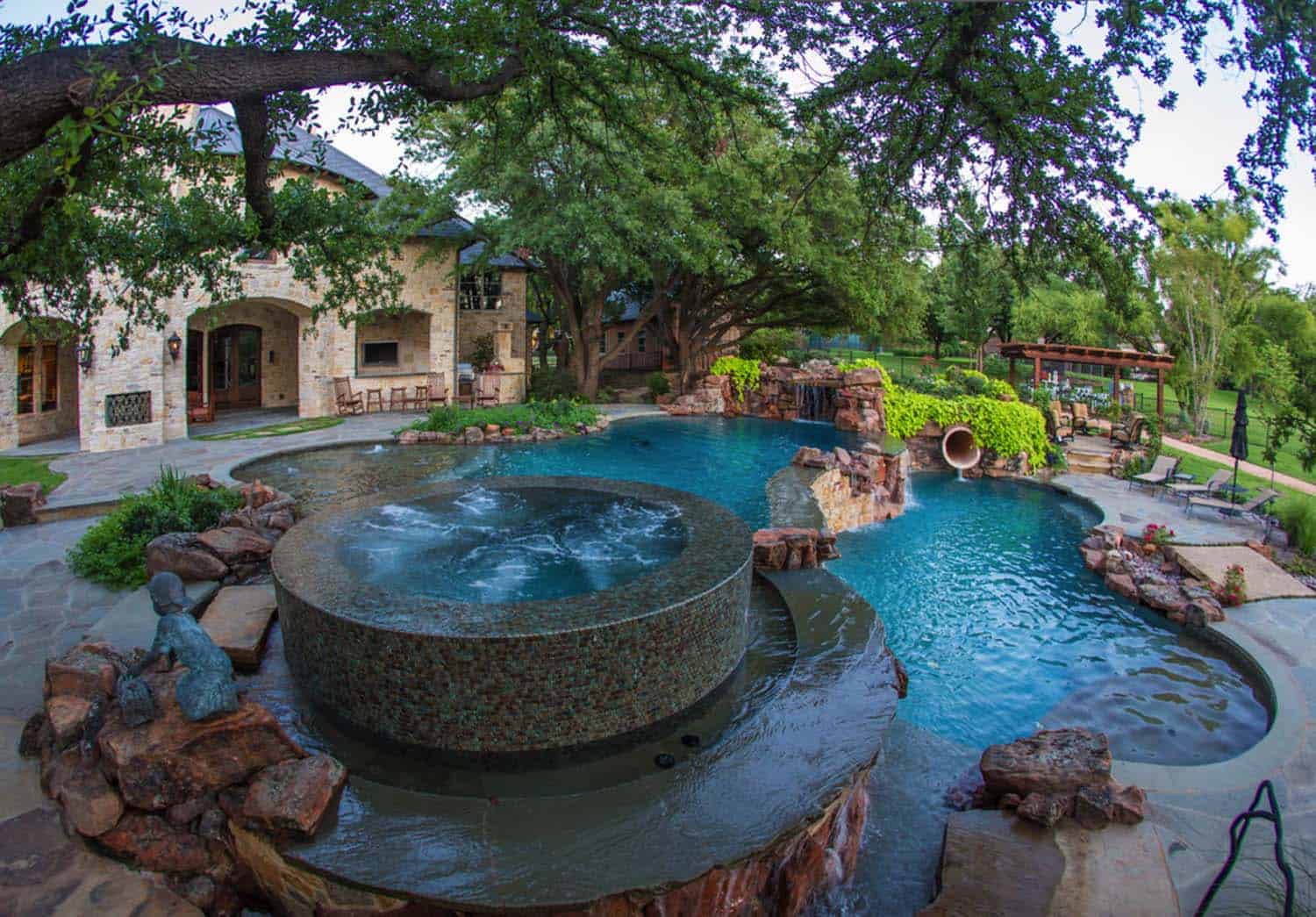
Leave a comment
This site is protected by hCaptcha and the hCaptcha Privacy Policy and Terms of Service apply.